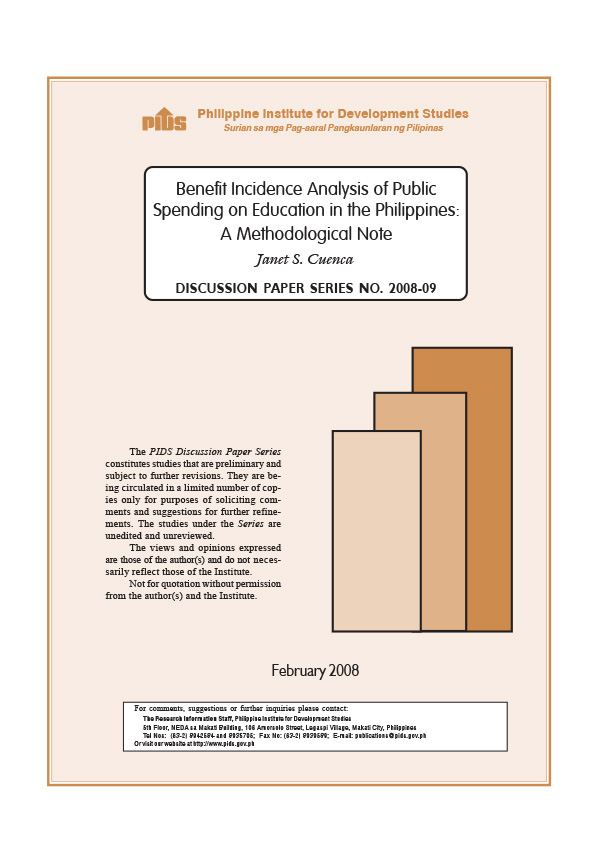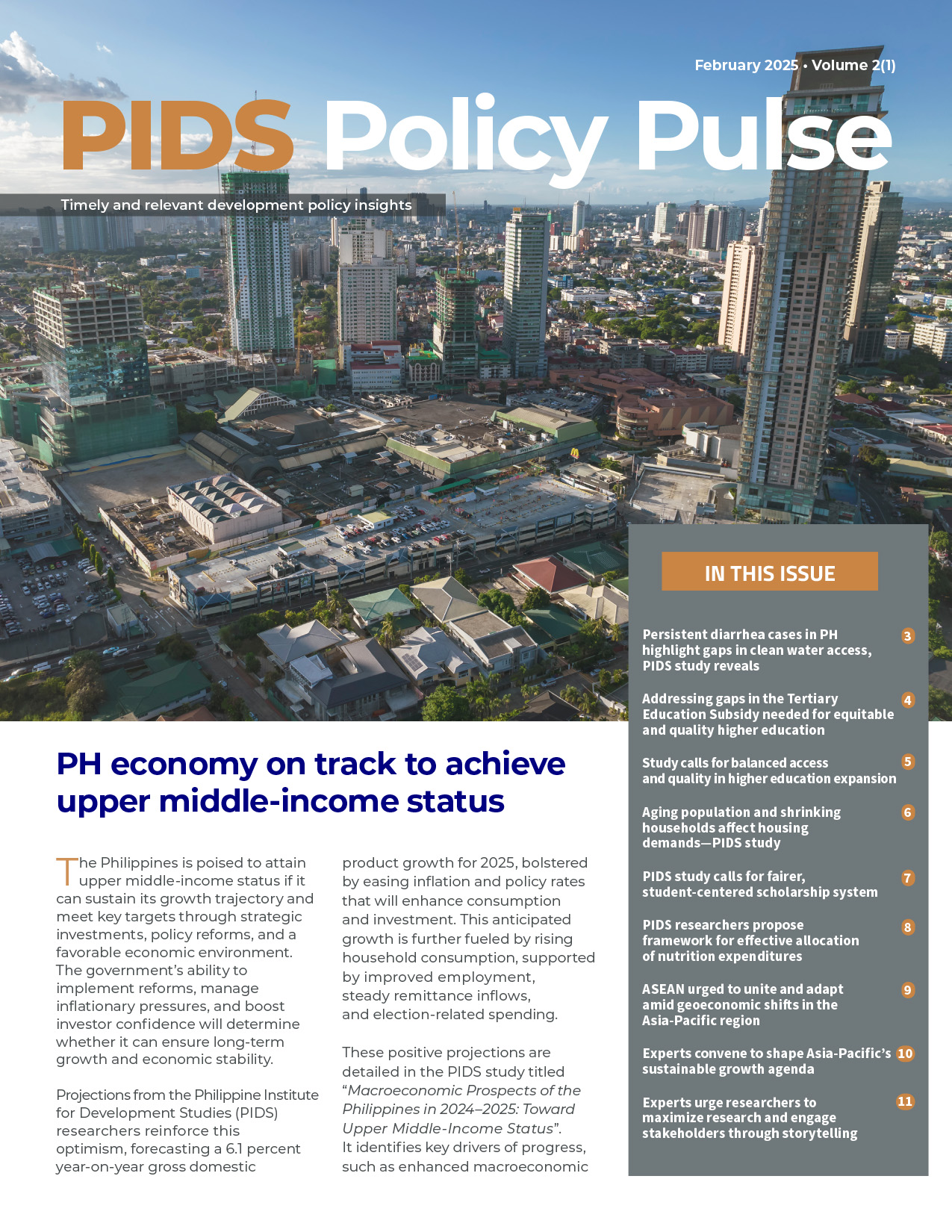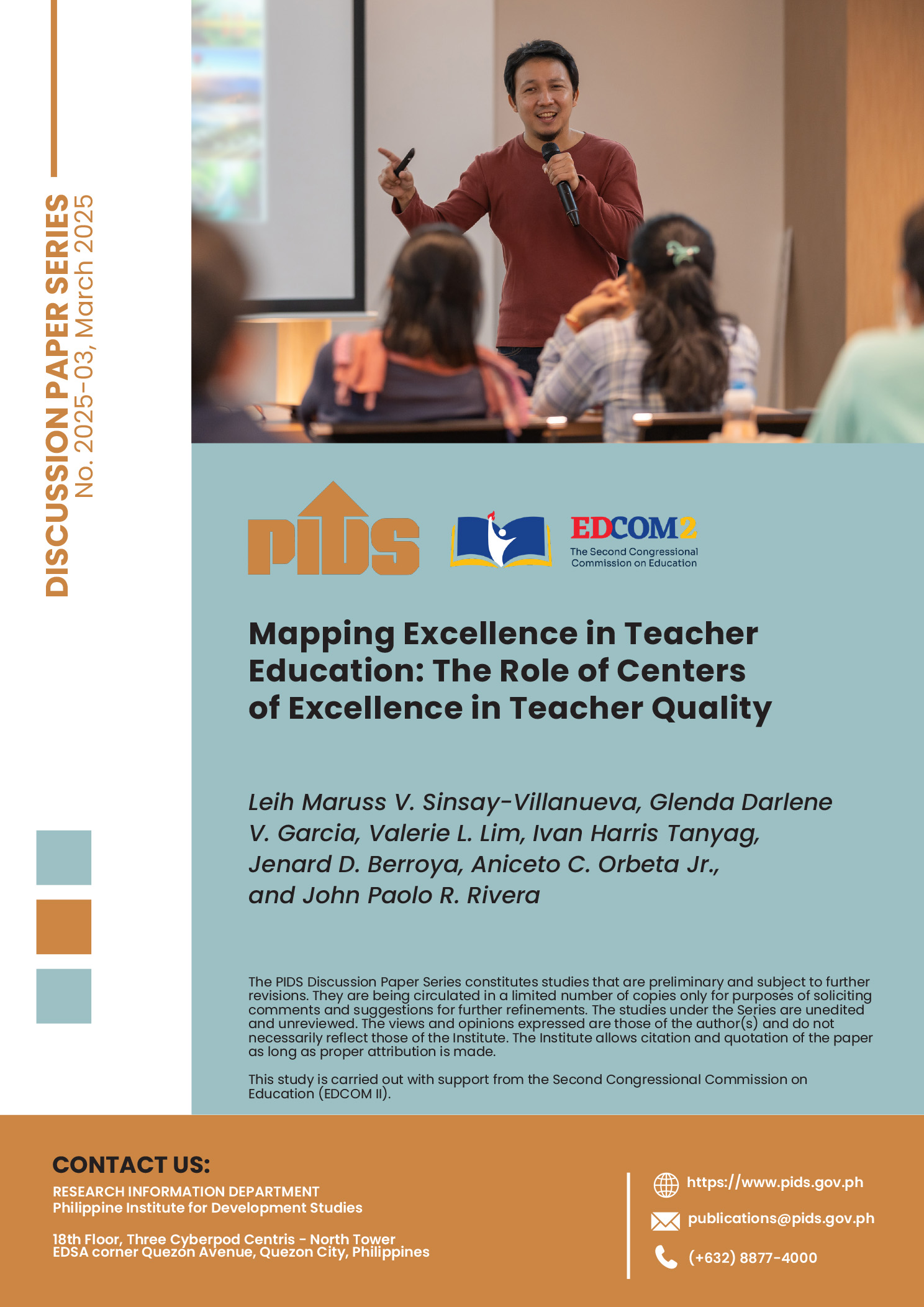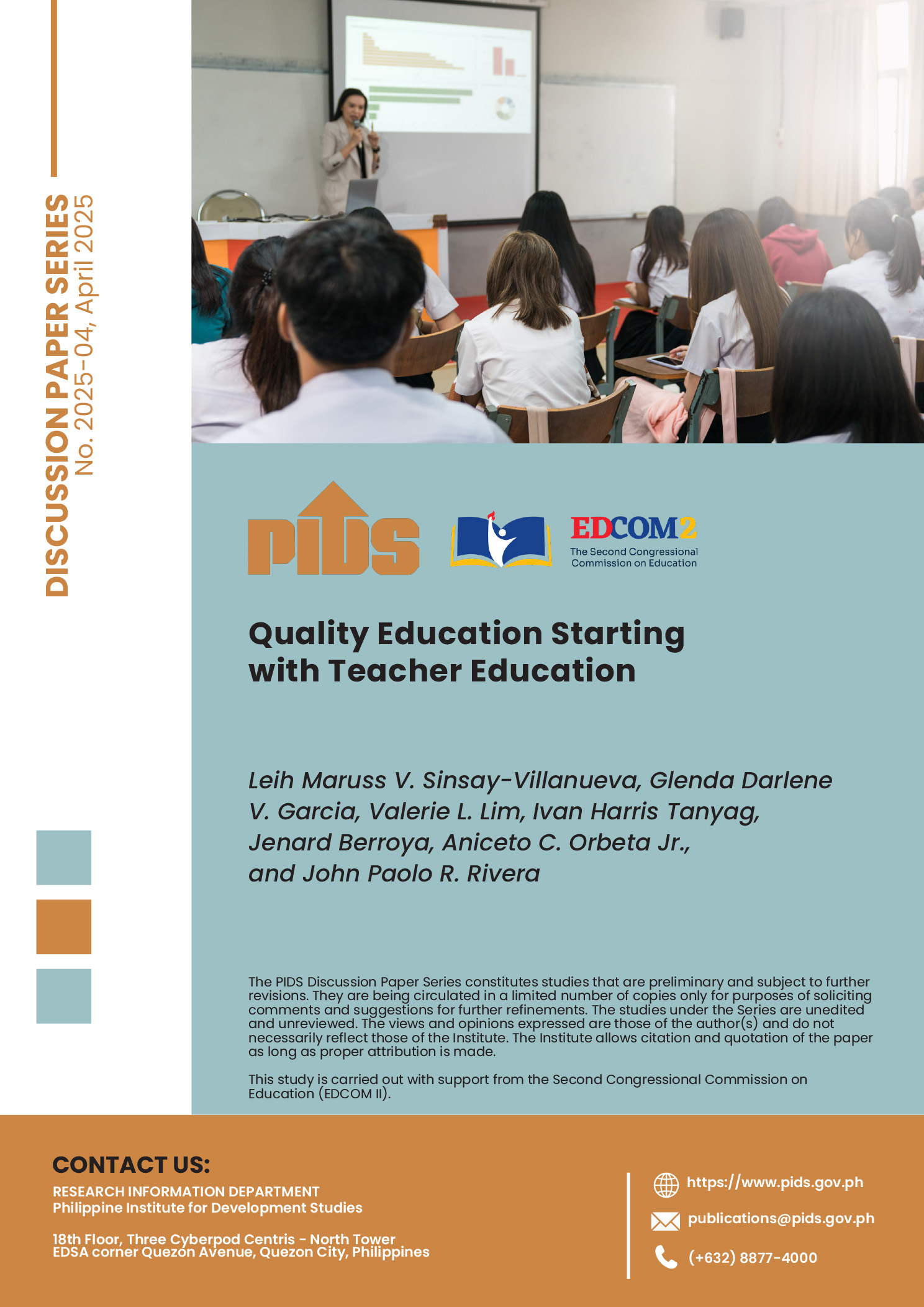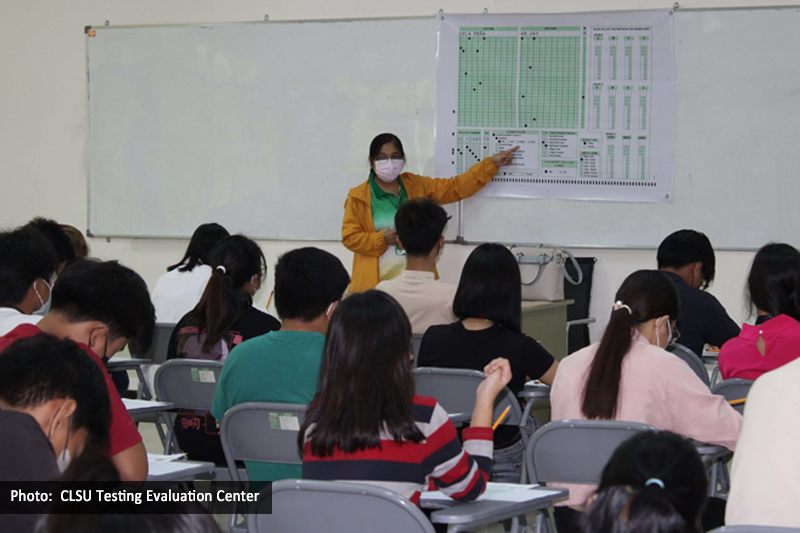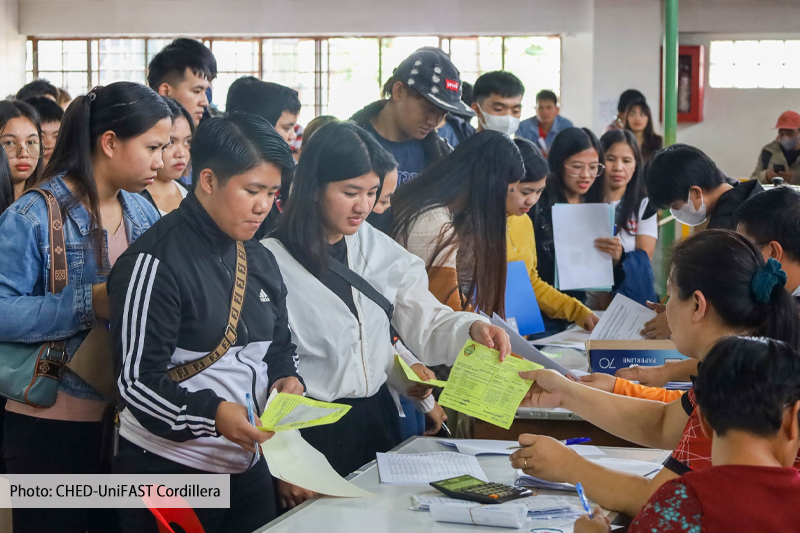Benefit incidence analysis (BIA) is a tool used to assess how tax policy or government subsidy affects the distribution of welfare in the population. In other words, it evaluates the distribution of government subsidies among different groups in the population, in particular, among different income groups. The methodology involved in benefit incidence approach is straightforward. Nevertheless, defining deciles (or quintiles) is critical as benefit incidence estimates depend heavily on the number of individuals occupying each decile (or quintile) cell. Deciles can be defined over population, i.e., across individuals and across households. The purpose of this methodological note is to briefly illustrate the difference in benefit incidence estimates that are obtained when deciles of population/individuals in lieu of deciles of households are used in the analysis as applied on government spending on education in the Philippines.
Citations
This publication has been cited 3 times
- Karim, Mohammad Rezaul. 2021. Distributional effects of public healthcare and education expenditure: A case of Thailand. Journal of Community Positive Practices, no. 2, 15-30. Catalactica NGO.
- Ramanjini and Karnam Gayithri. 2019. Who benefits from higher education expenditure? Evidence from recent household survey of India. Working Papers 454. Institute for Social and Economic Change, Bangalore.
- Soile, Ismail and Xiaoyi Mu. 2015. Who benefit most from fuel subsidies? Evidence from Nigeria. Energy Policy, 87(C), 314-324. Elsevier.

